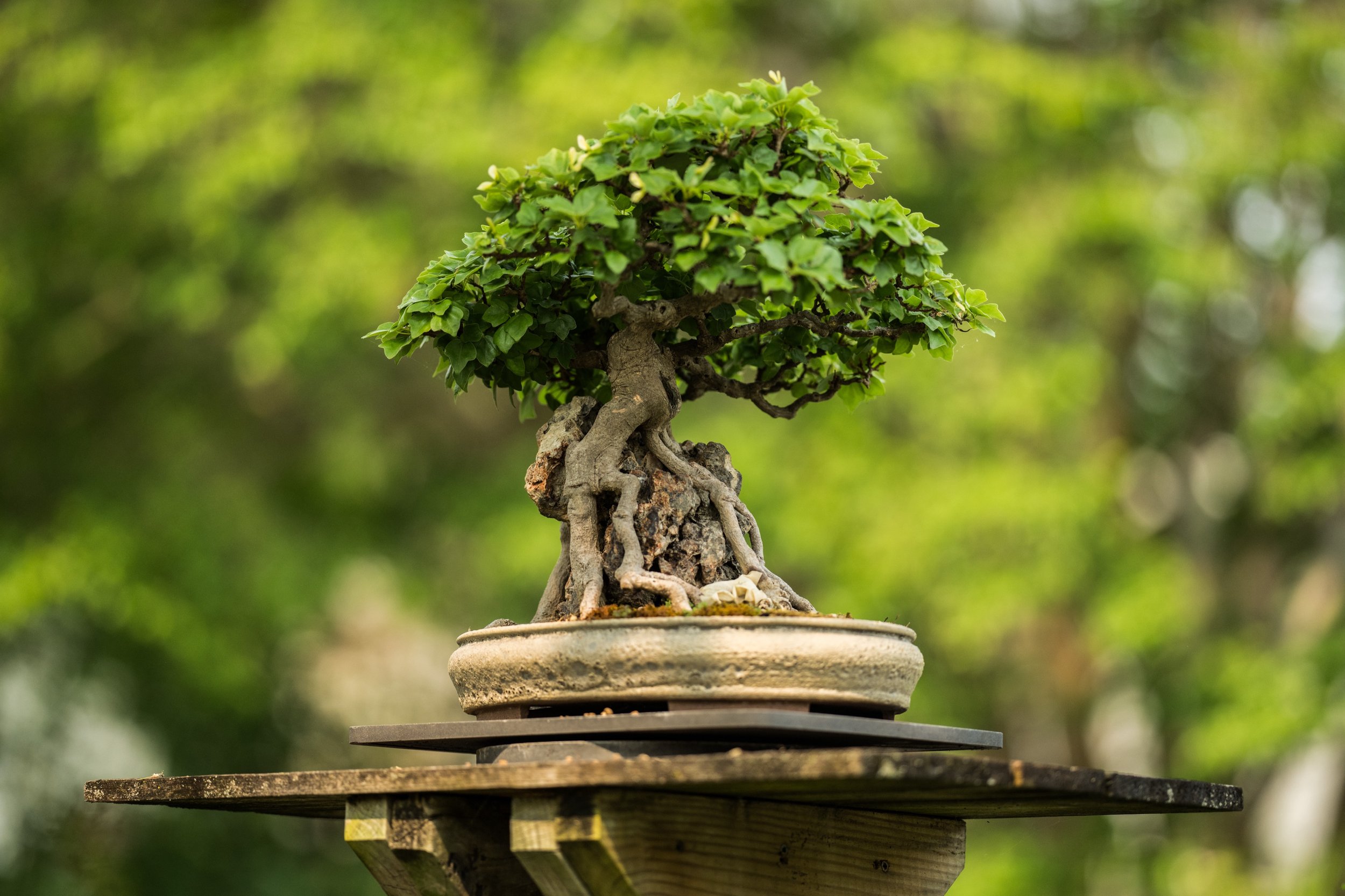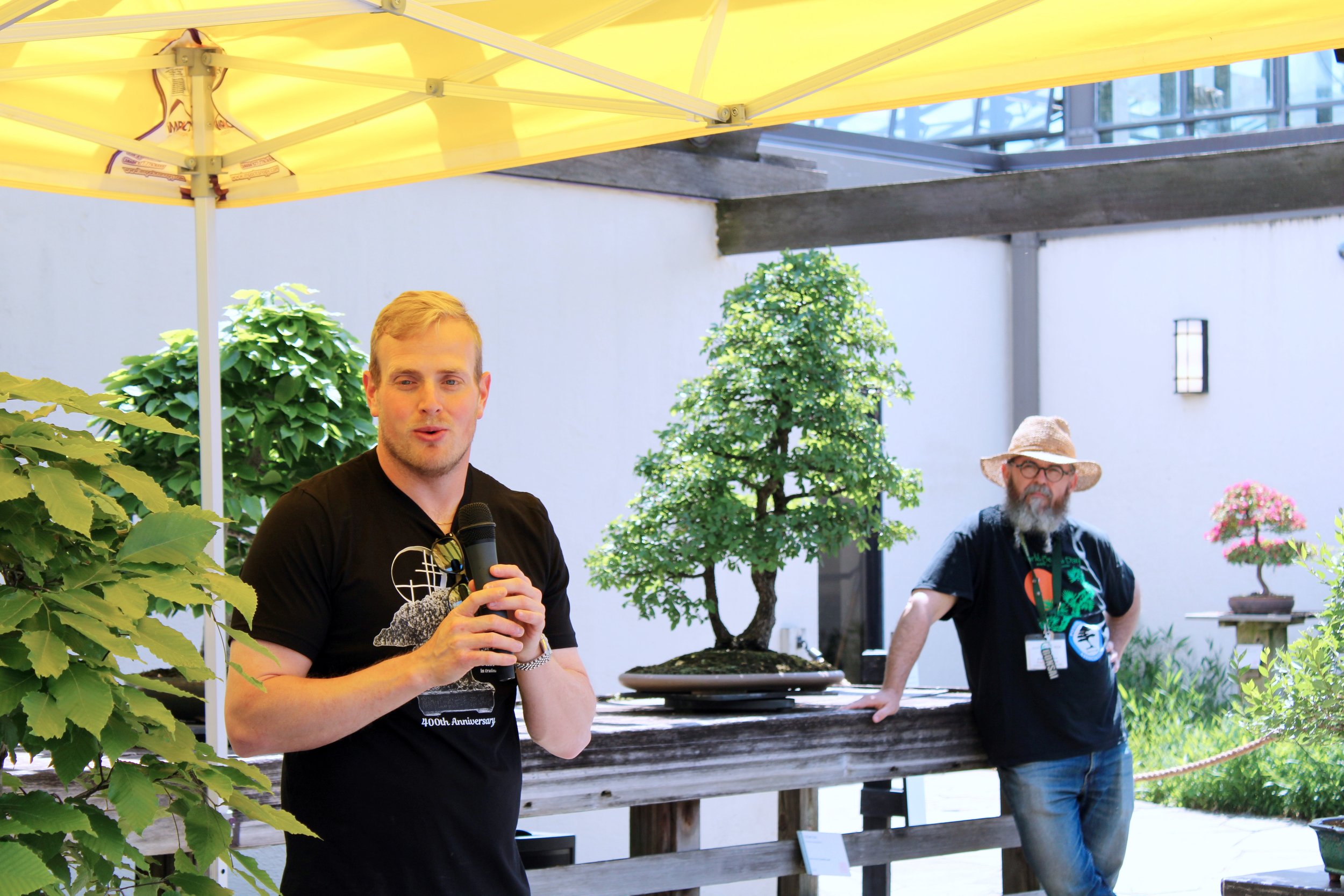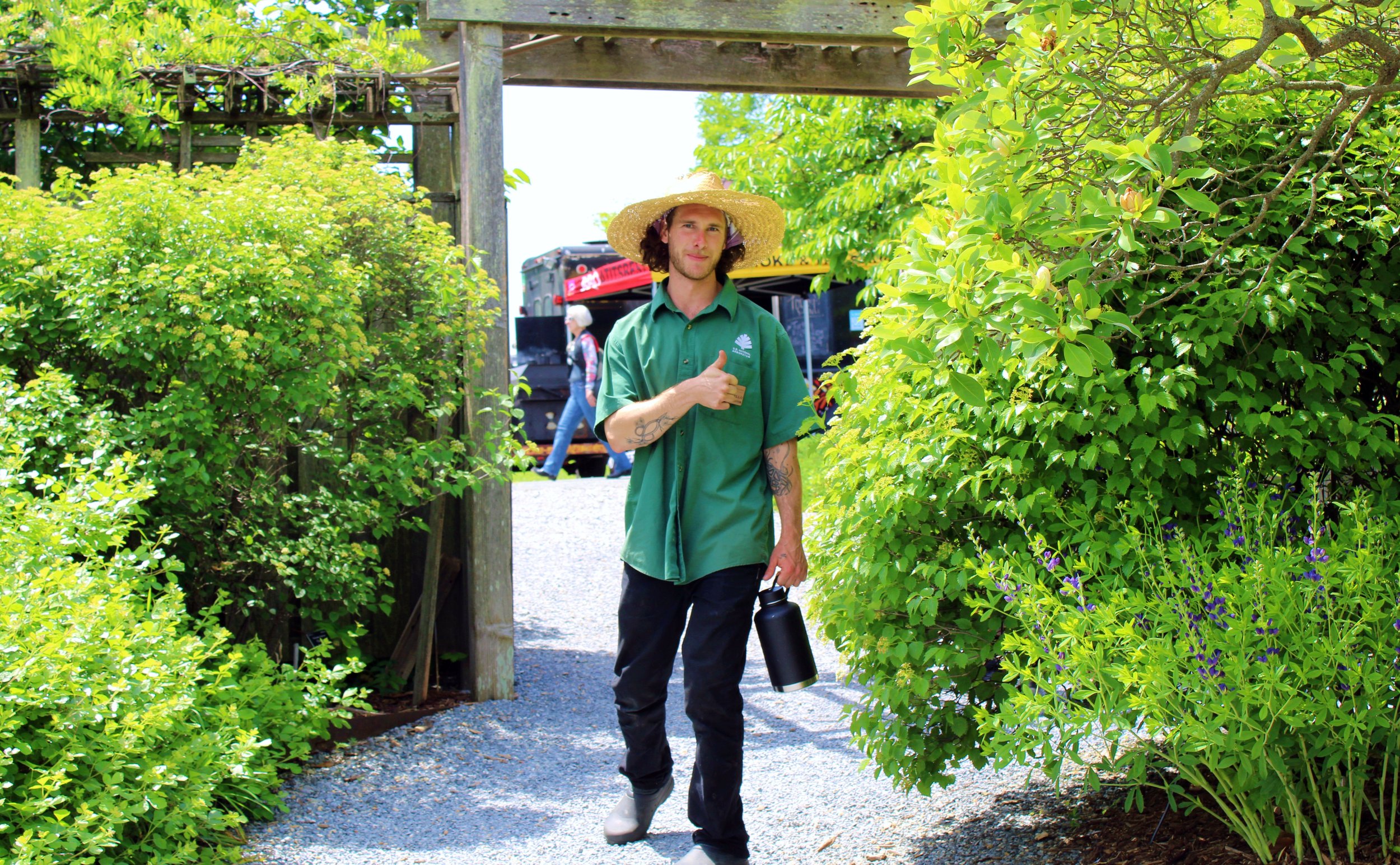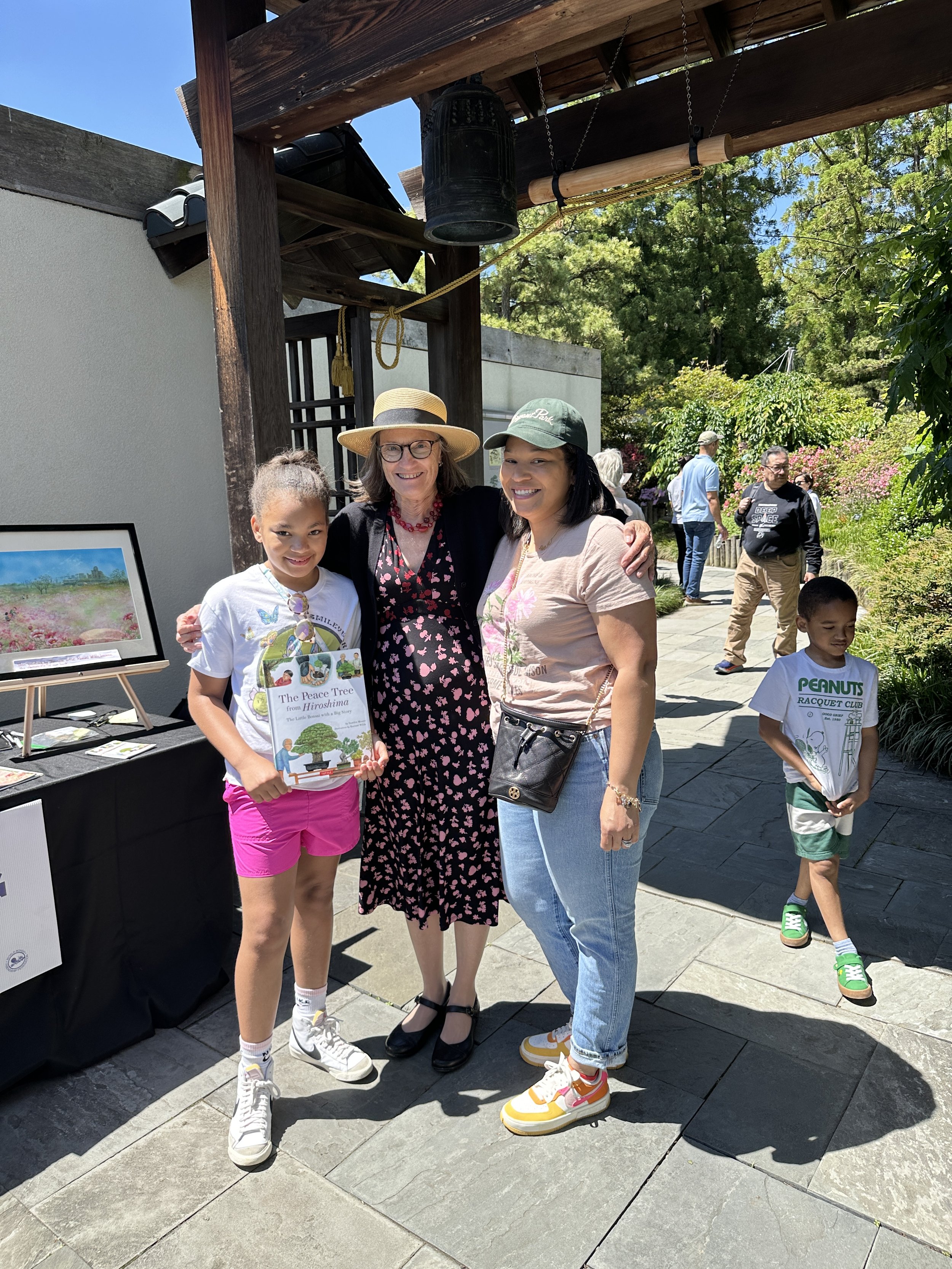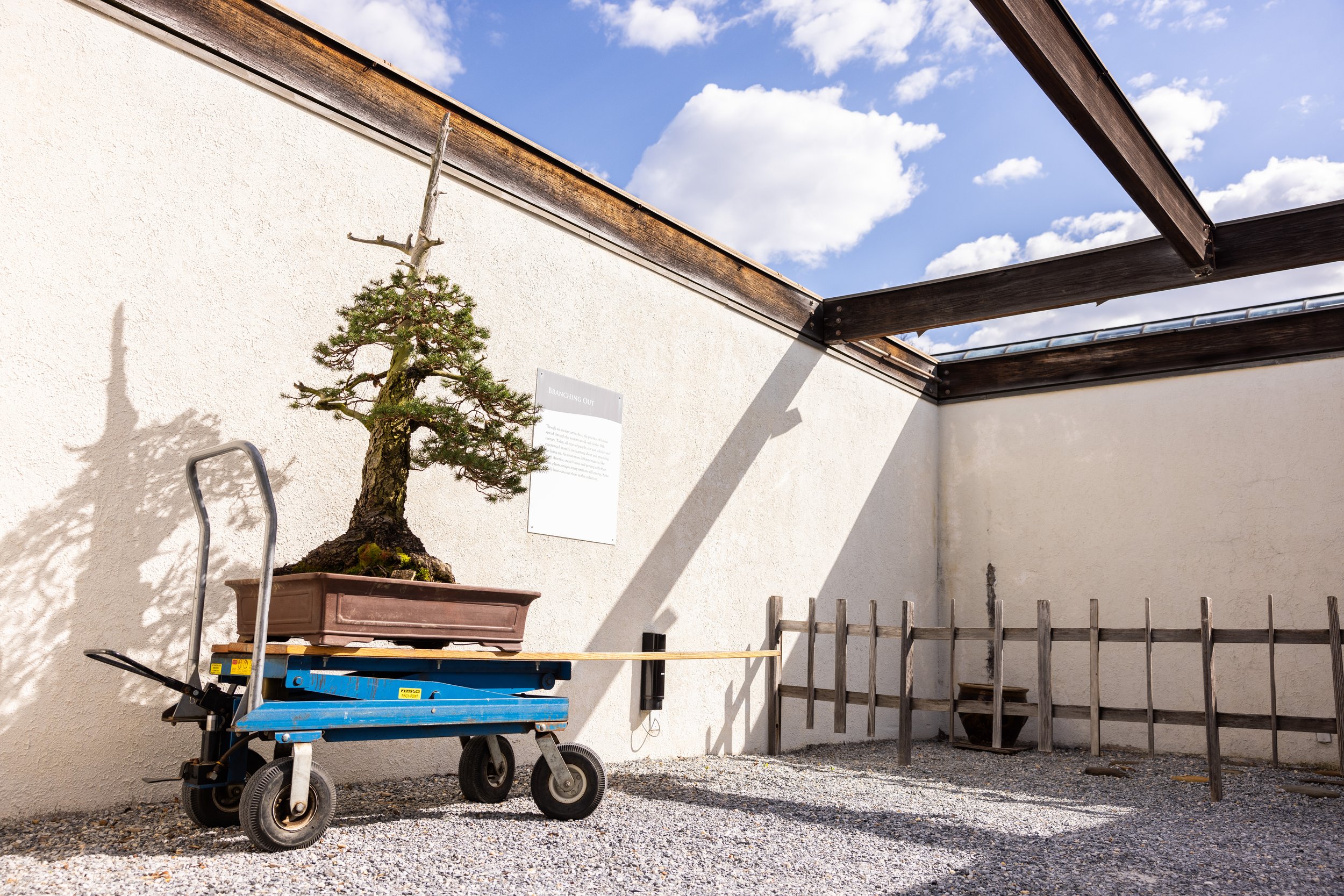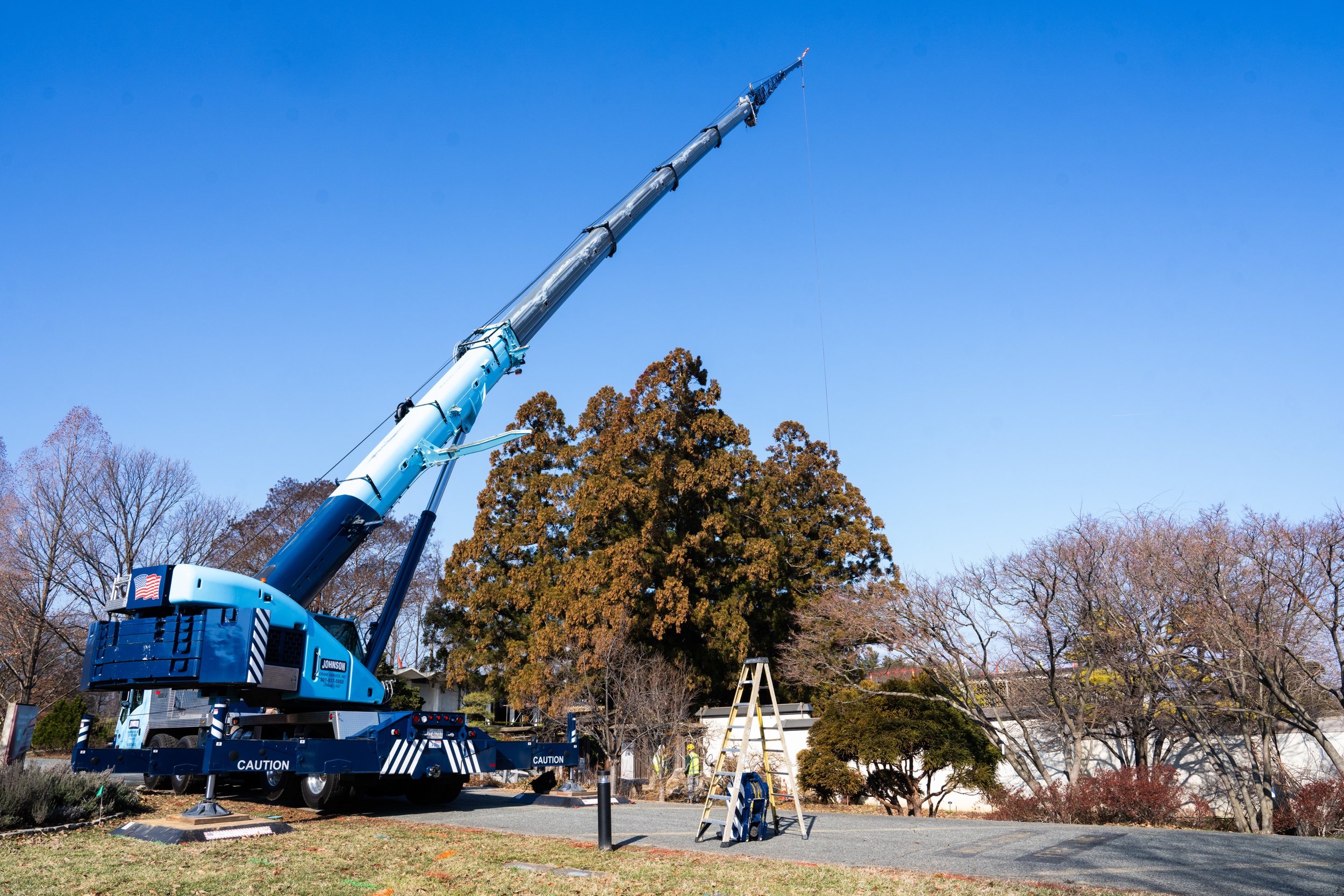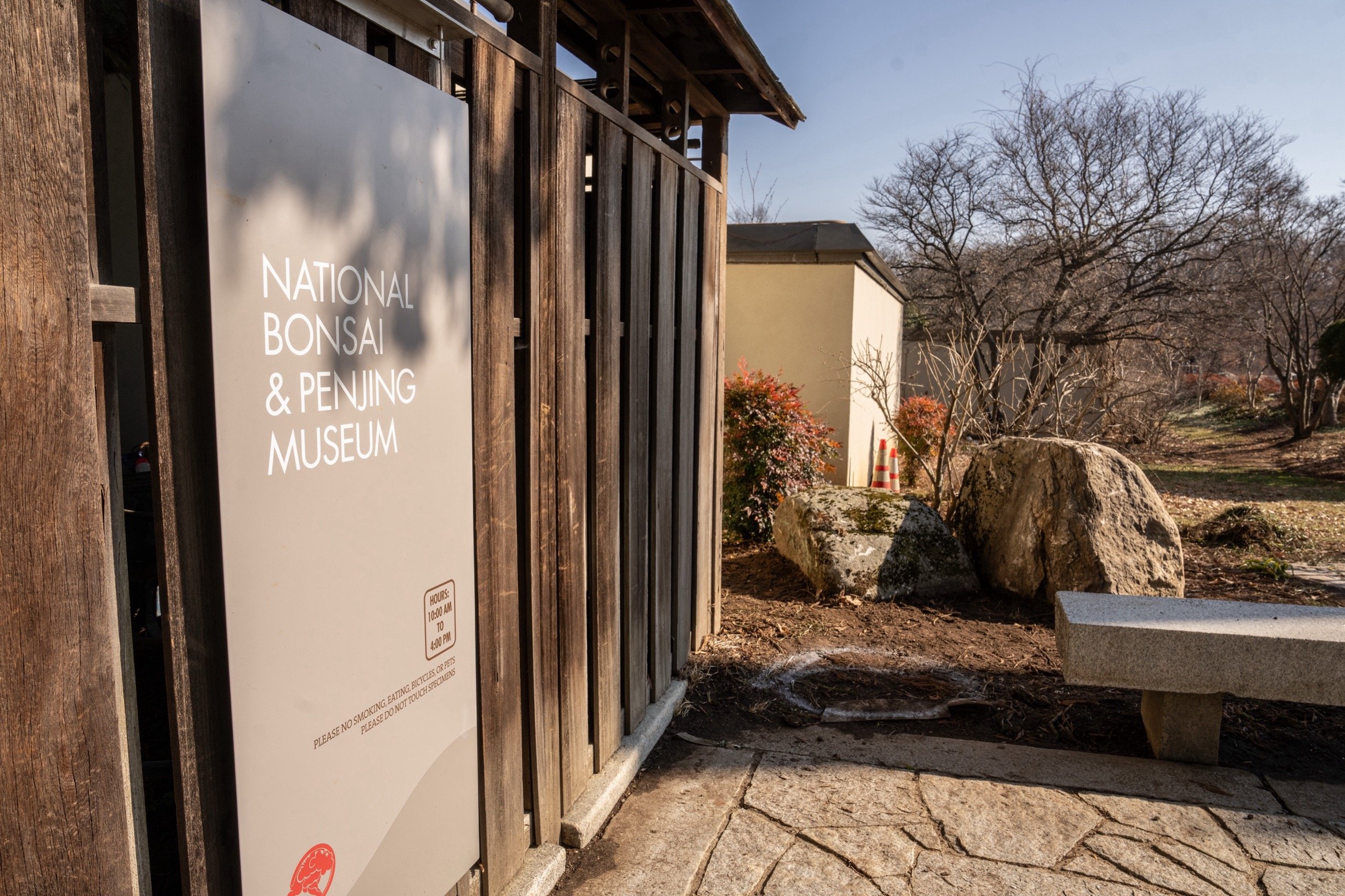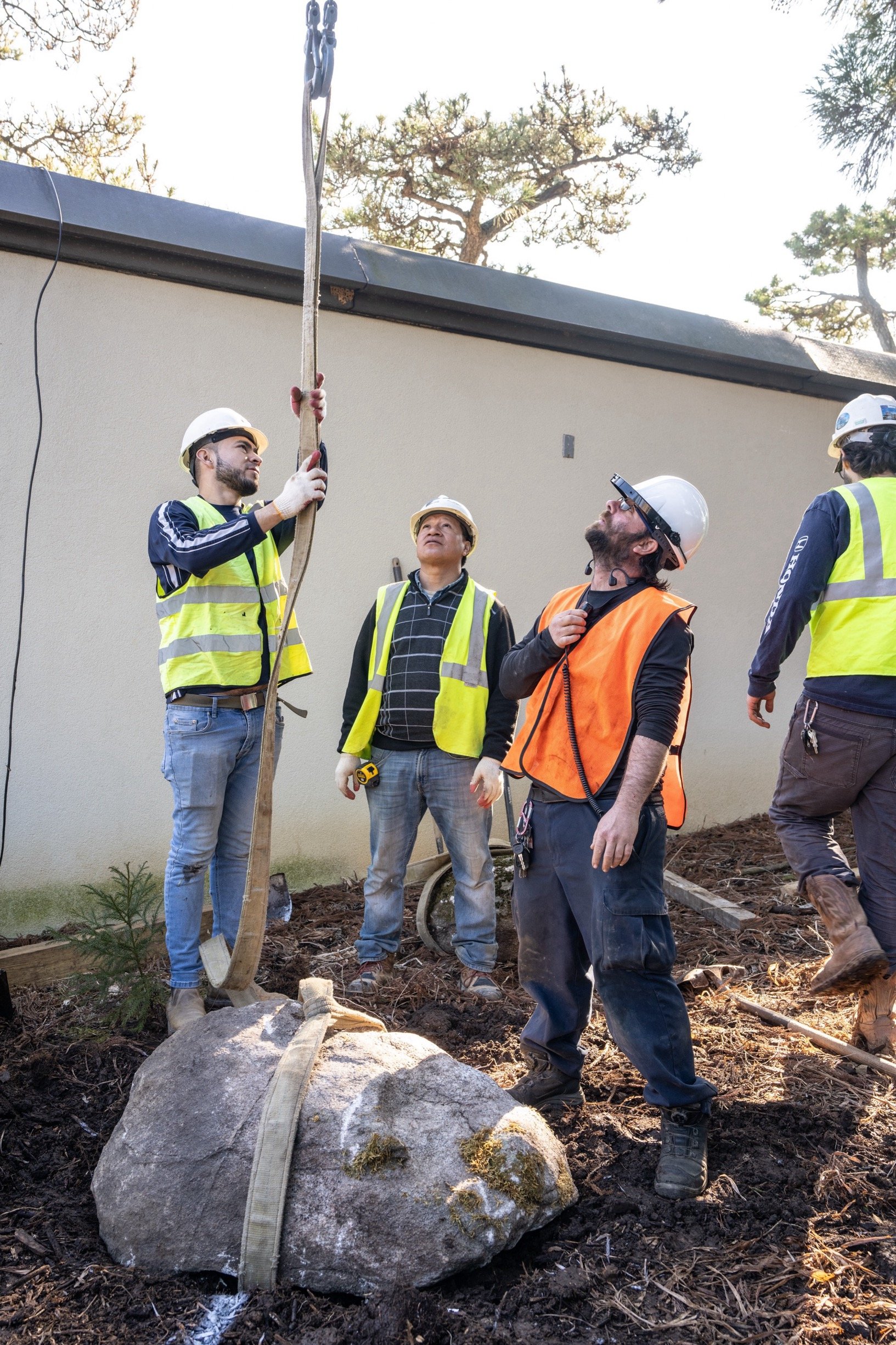We are proud to share some exciting news: The National Bonsai Foundation, the U.S. National Arboretum, the National Bonsai & Penjing Museum, and the Potomac Bonsai Festival and World Bonsai Day celebration have all been recognized in the Washington City Paper’s Best of DC 2025 readers’ poll!
We’re honored to be celebrated alongside so many inspiring organizations and local favorites, and it’s all thanks to you! The bonsai community has ensured that both NBF and the Museum have been recognized for numerous years in a row, and for that we are deeply grateful.
Here are the awards:
Best Arts and Culture Nonprofit
🥇 National Bonsai Foundation (WINNER)
Best Arts and Culture Festival
🥇 Potomac Bonsai Festival & World Bonsai Day (WINNER)
Best Museum (Non-Smithsonian)
🥈 National Bonsai & Penjing Museum (RUNNER-UP)
Best Date Activity
🥈 Picnic at the U.S. National Arboretum (RUNNER-UP)
🥉 National Bonsai & Penjing Museum (Finalist)
Best Kid-Friendly Attraction
🥉 U.S. National Arboretum (Finalist)
🥉 National Bonsai & Penjing Museum (Finalist)
These awards are a testament to the power of community, collaboration, and the enduring spirit of bonsai. Your votes show strong support for living art, for natural wonder, and for a peaceful tradition that brings people together all over the world.
Whether you’ve joined us for a World Bonsai Day festival, strolled through the Museum’s tranquil paths, or brought your kids to wander the Arboretum’s gorgeous grounds — you’ve helped make our corner of DC a vibrant, welcoming, and inspiring place.
Thank you for believing in our mission and for celebrating the art of bonsai with us. We couldn’t do this without you!



